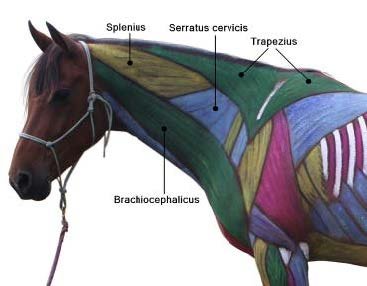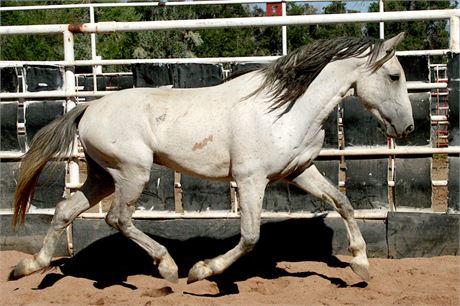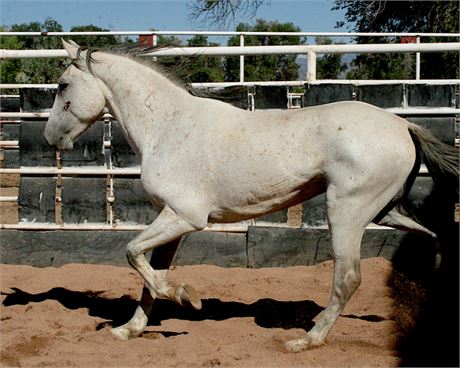Gee…i’m not so sure. My coach teaches classic dressage (i think that’s what you mean by Klassical?). I am quite athletic. And i’m a serious equestrian. Horses are my life. I don’t care to show actually. Competition is not my happy-place. The journey, the process…of coming along with a horse however, is. We actually DID only work at the walk for pretty much the entire first year. My horses have learned lateral movements, serpentines, circles of varying sizes, turns on fore and hunches, shoulder-in, reverse…all at a walk. We work on body positioning …keeping those shoulders from popping out, keeping a nice curved midline when appropriate, keeping a straight body on lateral movements… all of that at a walk. Me learning what is expected and me learning to teach my mare… Installing all the cues i use to get what i’m looking for. I never have felt taken advantage of, or milked for money. Ever.
About that loose brachiocephalicus muscle… my coach continues to point out how my mare’s body is transforming through proper riding. And even though we don’t collect her up yet, she does feel for and want contact. And my coach keeps showing me how her bottom of the neck muscle is loose and wiggly and how curvy and solid the top of her neck is getting. How her butt is getting big and ‘oh…that topline!’ and shoulder. Must admit, i’m a little behind the loop on seeing any of that…my coach has to show me. I’m more of a ‘feeler’…i know how my mare feels to me/connects with me. Listens to me. For me, it’s all about our conversation. Because well, chances are nobody is ever gonna see all those wonderful things about her body (except my coach and me --when she shows it to me). But, from my coach’s perspective, that smooth, loose brachiocephalicus muscle is important.




